UK’s new underground observatory open for research
The UK Geoenergy Observatory in Glasgow, which will give scientists an unprecedented look at the subsurface, holds its virtual opening.
07/12/2020 By BGS Press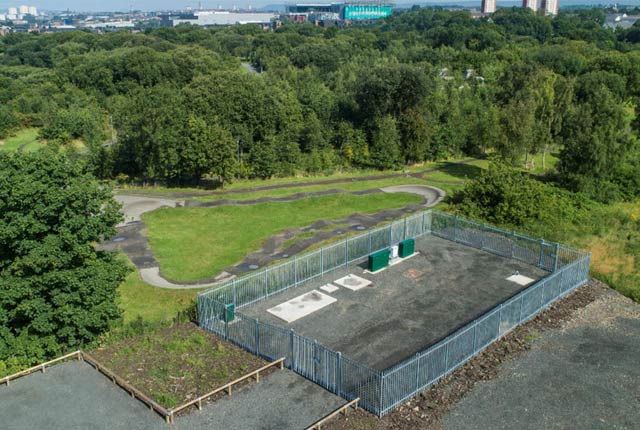
The UK Geoenergy Observatory in Glasgow, the first of two new underground laboratories that will give scientists an unprecedented look at the subsurface, had its virtual opening today, Monday 7 December.
The team behind the facility says it will contribute to the UK’s ambition to decarbonise its energy supply and achieve net zero by 2050.
Scientists around the world are now invited to apply to use the facility from March 2021, in line with COVID-19 restrictions.
The Glasgow Observatory comprises 12 boreholes, which are 16-199m deep and fitted with 319 state-of-the-art sensors.


Journey 90m below the surface of Glasgow, where historic mine workings now support research into sustainable use of mine water for heat and energy storage. Source: BGS © UKRI
Data from the Glasgow Observatory will help scientists understand the subsurface better, and how heat using warm water from abandoned mines could be used as a renewable energy source for homes and industry.
A second observatory is planned for a site in Cheshire.
Central Scotland, northern England and south Wales all have flooded, abandoned mines that could be tapped to supply local communities or industry with heat.
One problem with the take up of geothermal has been the risk involved: uncertainty over the resource available, high initial costs and long-term investments.
The UK Geoenergy Observatories will address those risks by providing fundamental information about the subsurface.
Together, the observatories represent a £31 million investment by the UK government through the Department for Business, Energy and Industrial Strategy (BEIS).
They were commissioned by UK Research and Innovation’s (UKRI’s) Natural Environment Research Council (NERC) and delivered by the British Geological Survey (BGS), which will run the sites and manage their data.
The Glasgow Observatory was officially opened during a virtual event.
The Glasgow Observatory builds on the city’s industrial past.
The data from Glasgow’s abandoned mines will help us understand the processes and impacts of a mine water heat source and potential heat store as a sustainable way of heating homes and businesses in our cities.
Over the next 15 years, the network of boreholes will monitor any changes in the properties of the environment below the surface, and help close the knowledge gap we have on mine water heat energy and heat storage.
While today is the official opening, the Glasgow Observatory has been supplying scientists with open access data since drilling began in 2018.
There is no other publicly-funded observatory like this in the world, and it is very fitting that it is located in Glasgow, which will host COP 26 next year.
Dr Karen Hanghøj, Director of the British Geological Survey
The Glasgow Observatory is the first of our UK observatories that will create a high-resolution understanding of the underground system, providing a breakthrough in our knowledge of what lies beneath us.
Heat from mine water is one form of geothermal energy, and it has great potential to help the UK decarbonise its heat supply and meet net zero targets.
This £31 million investment is part of the UK’s national capability for world- class science, and will give the government, industry and regulators the knowledge required to understand how our underground might be used to power the future.
As we approach the COP26 summit in Glasgow in November 2021, today’s event demonstrates how UK research is bringing our communities together to create solutions to climate change and enable the UK to reach net zero by 2050.
Professor Sir Duncan Wingham, Executive Chair of the Natural Environment Research Council
It makes sense that the UK’s first geoenergy observatory is in Glasgow, given Scotland’s geology is world famous.
With the government’s target of achieving net zero emissions by 2050, emerging low carbon technologies may offer the best solutions to shaping future energy policy.
This observatory will be absolutely key for scientists to advance the study of renewable energy and is a great example of how Scotland is leading the way in energy innovation and investigating the viability of alternative energy sources.
Professor Dame Anne Glover, President of the Royal Society of Edinburgh
The Glasgow Observatory has already released 19 open data packs, giving scientists access to borehole information including optical images from up to 199m underground, environmental monitoring data and live seismic monitoring. For more information, or to view the data from the Glasgow Observatory, visit www.ukgeos.ac.uk


Welcome to UK Geoenergy Observatories: centres for world class research in Glasgow and Cheshire; on behalf of the research community, the Natural Environment Research Council and UK Research and Innovation. Source: BGS © UKRI
Where is the Glasgow Observatory?
Map here
About the 12 boreholes
The boreholes range in drilled length from 16 to 199m. They have been positioned so that scientists can:
- extract 180 m of rock core samples
- build up an accurate model of the geology below
- measure water temperature, flow and chemistry underground
- model the underground water systems
- measure the potential for mine water heat energy and heat storage
- provide baseline information on soil and surface water chemistry and ground gases nearby
Video here: https://www.youtube.com/watch?v=gS2B3lBYdwI&feature=youtu.be
What information are the sensors collecting?
Seismic monitoring data since mid-2019
Available in 2021
- Groundwater logger data (water level, temperature, conductivity)
- Cross-borehole geo-electrical imaging baseline from electrical resistivity tomography sensors
- Direct temperature sensing baseline from fibre-optic downhole cables
- Scanning lasers monitoring near-surface CO2 and CH4, soil gas probes
- Weather station
What is geothermal energy?
Visit the BGS website for more info and videos: https://www.bgs.ac.uk/geology-projects/geothermal-energy/
The British Geological Survey (BGS) and Coal Authority have released maps which, for the first time, reveal the extent to which heat is stored in Britain’s abandoned coal mines.
https://www.bgs.ac.uk/news/new-maps-reveal-heat-stored-in-britains-abandoned-coal-mines/
What is net zero?
In 2019, the UK government became the first major economy to pass legislation committing to bring all greenhouse gas emissions to net zero by 2050.
Net zero means any emissions would be balanced by schemes to offset an equivalent amount of greenhouse gases from the atmosphere, such as planting trees or using technology like geothermal energy. Find out more here: https://www.gov.uk/government/news/uk-becomes-first-major-economy-to-pass-net-zero-emissions-law
Relative topics
Related news
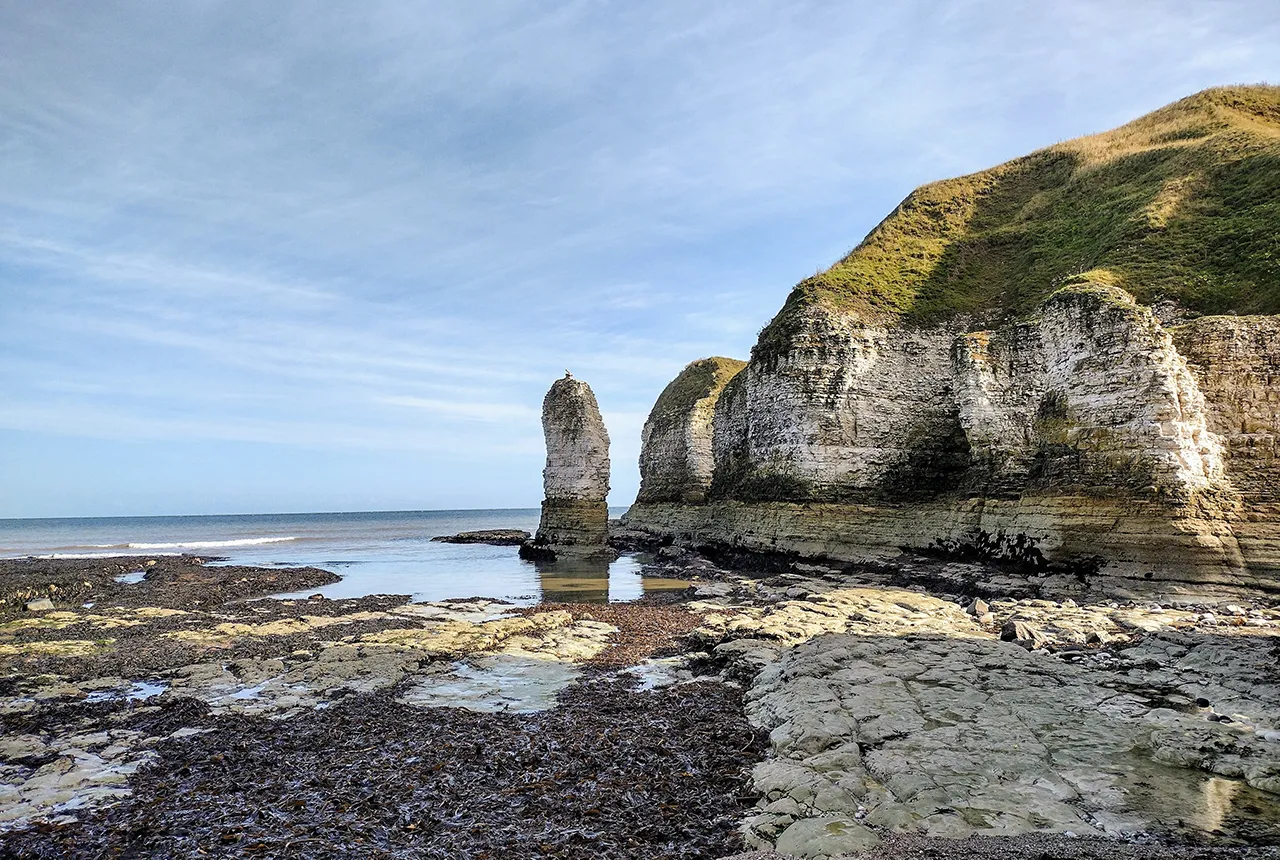
New geological maps of the Yorkshire Wolds to better inform groundwater management and policy decisions
17/12/2025
The new mapping provides crucial data on localised geological issues that may assist in protecting water supplies.
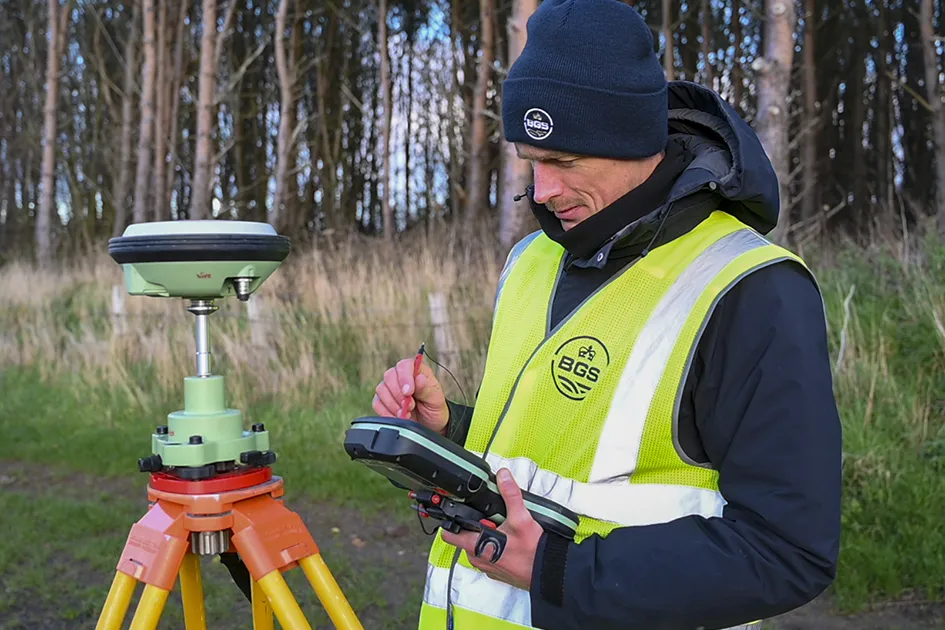
‘Three norths’ set to leave England and not return for hundreds of years
12/12/2025
The historic alignment of true, magnetic, and grid north is set to leave England, three years after they combined in the country for the first time since records began.
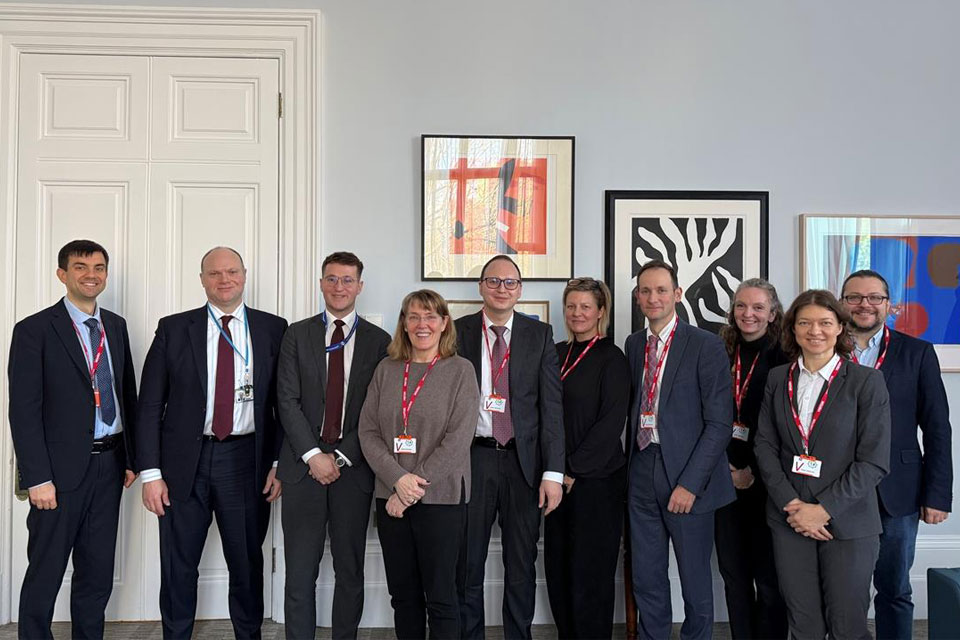
BGS agrees to establish collaboration framework with Ukrainian government
11/12/2025
The partnership will focus on joint research and data exchange opportunities with Ukrainian colleagues.
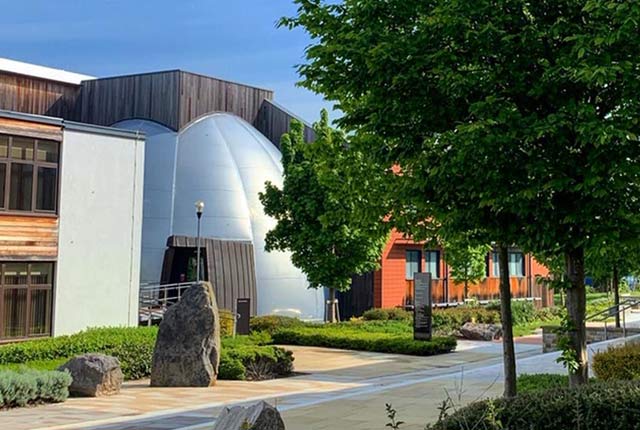
Making research matter: BGS joins leading research organisations in new national initiative
10/12/2025
A new alliance of 35 organisations has been formed that is dedicated to advancing science for the benefit of people, communities, the economy and national priorities.

New 3D model to help mitigate groundwater flooding
08/12/2025
BGS has released a 3D geological model of Gateshead to enhance understanding of groundwater and improve the response to flooding.
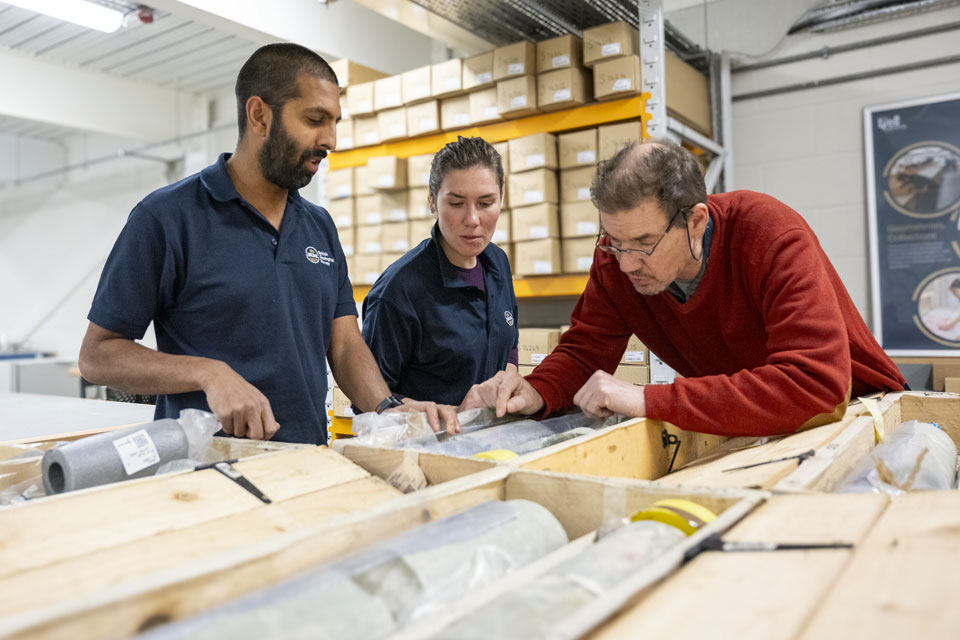
Scientists gain access to ‘once in a lifetime’ core from Great Glen Fault
01/12/2025
The geological core provides a cross-section through the UK’s largest fault zone, offering a rare insight into the formation of the Scottish Highlands.
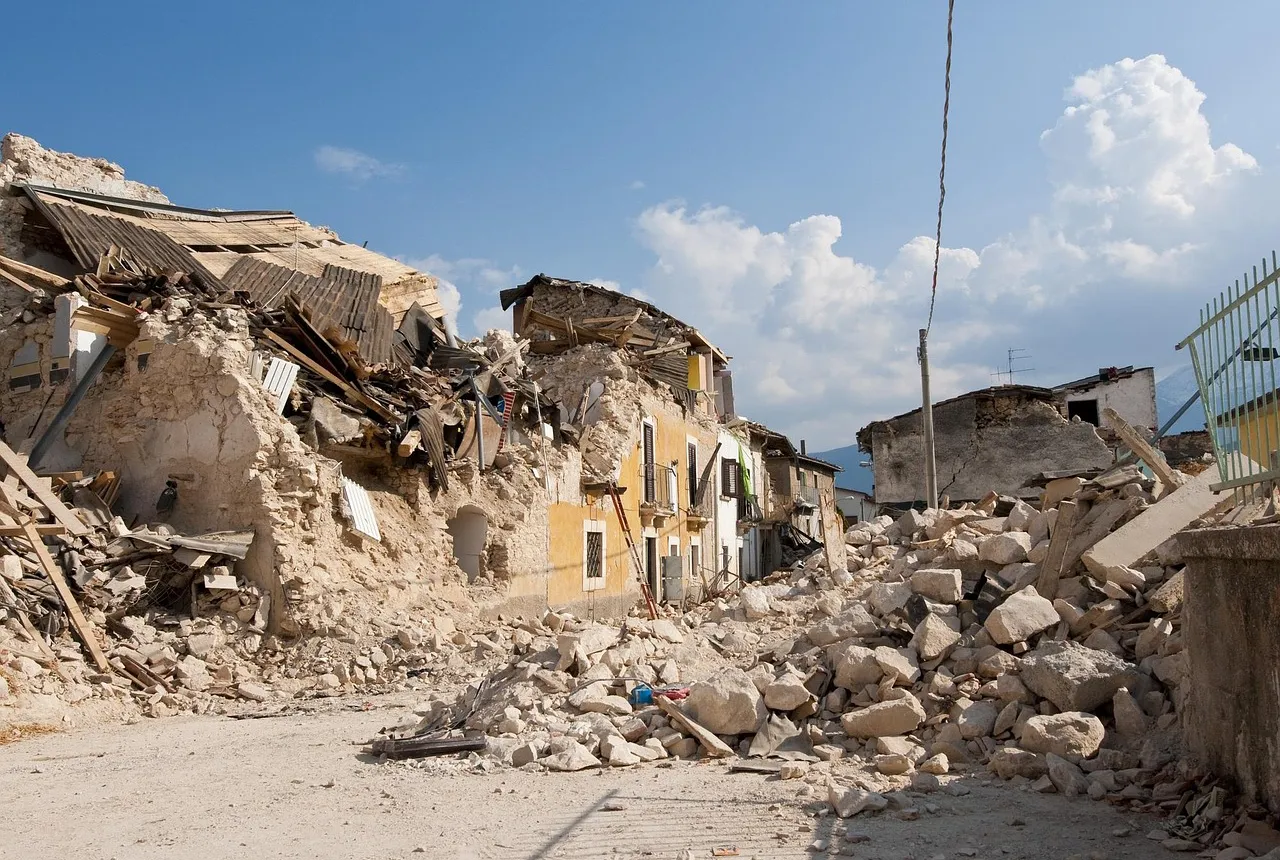
New research shows artificial intelligence earthquake tools forecast aftershock risk in seconds
25/11/2025
Researchers from BGS and the universities of Edinburgh and Padua created the forecasting tools, which were trained on real earthquakes around the world.
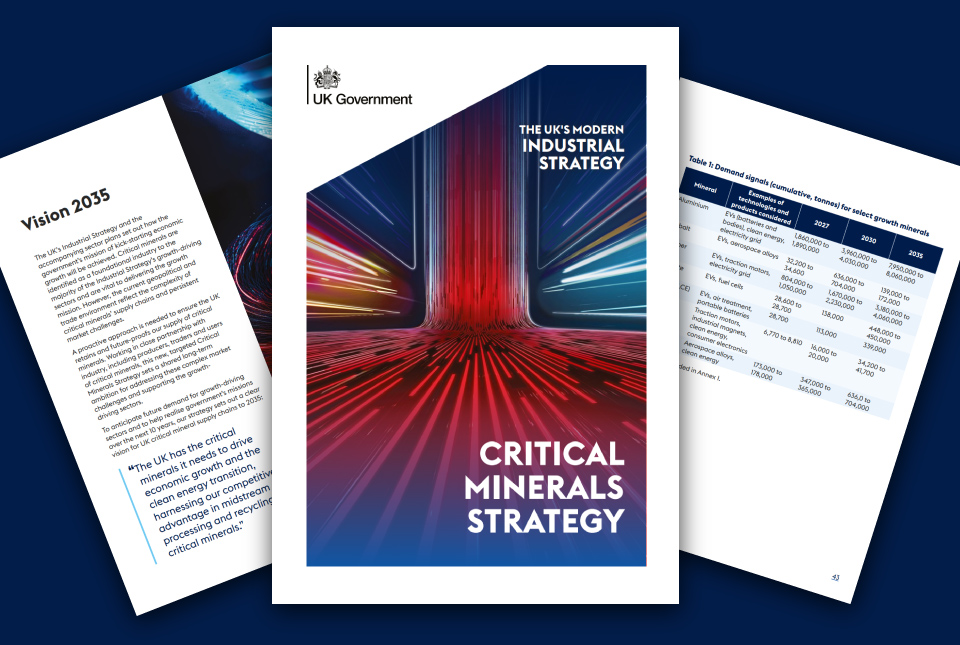
BGS welcomes publication of the UK Critical Minerals Strategy
23/11/2025
A clear strategic vision for the UK is crucial to secure the country’s long-term critical mineral supply chains and drive forward the Government’s economic growth agenda.
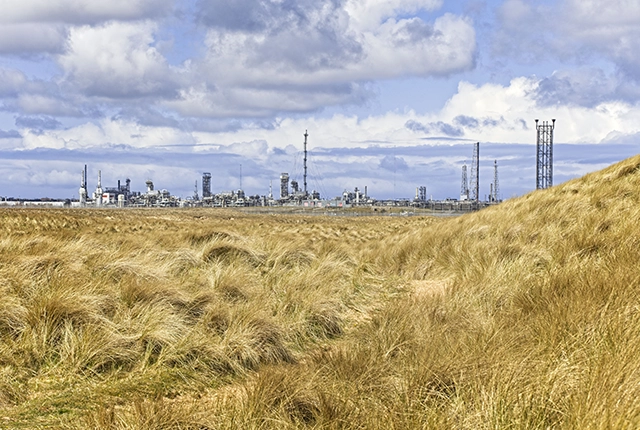
New funding awarded for UK geological storage research
21/11/2025
A project that aims to investigate the UK’s subsurface resource to support net zero has been awarded funding and is due to begin its research.
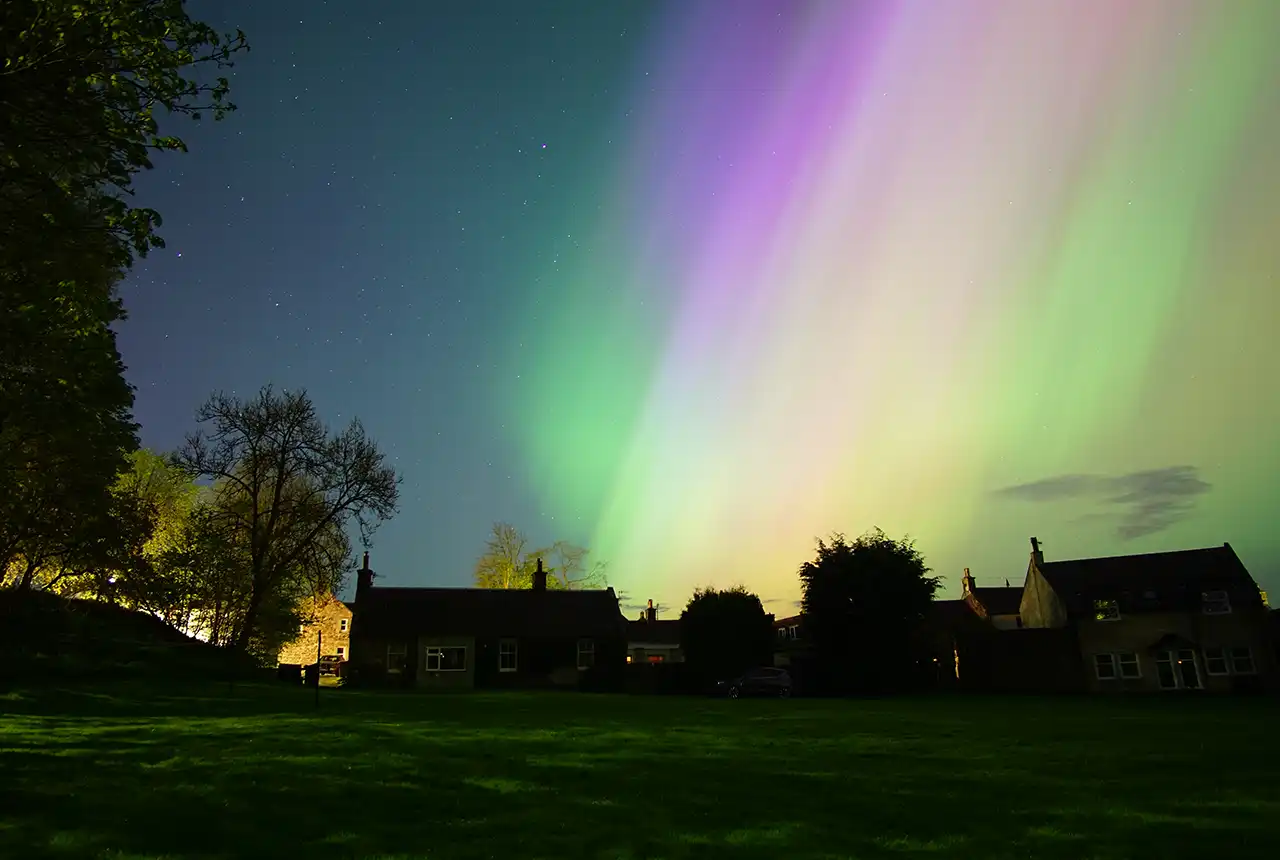
UK braced for what could be the largest solar storm in over two decades
12/11/2025
Intense geomagnetic activity could disrupt technology such as communication systems, global positioning systems and satellite orbits.
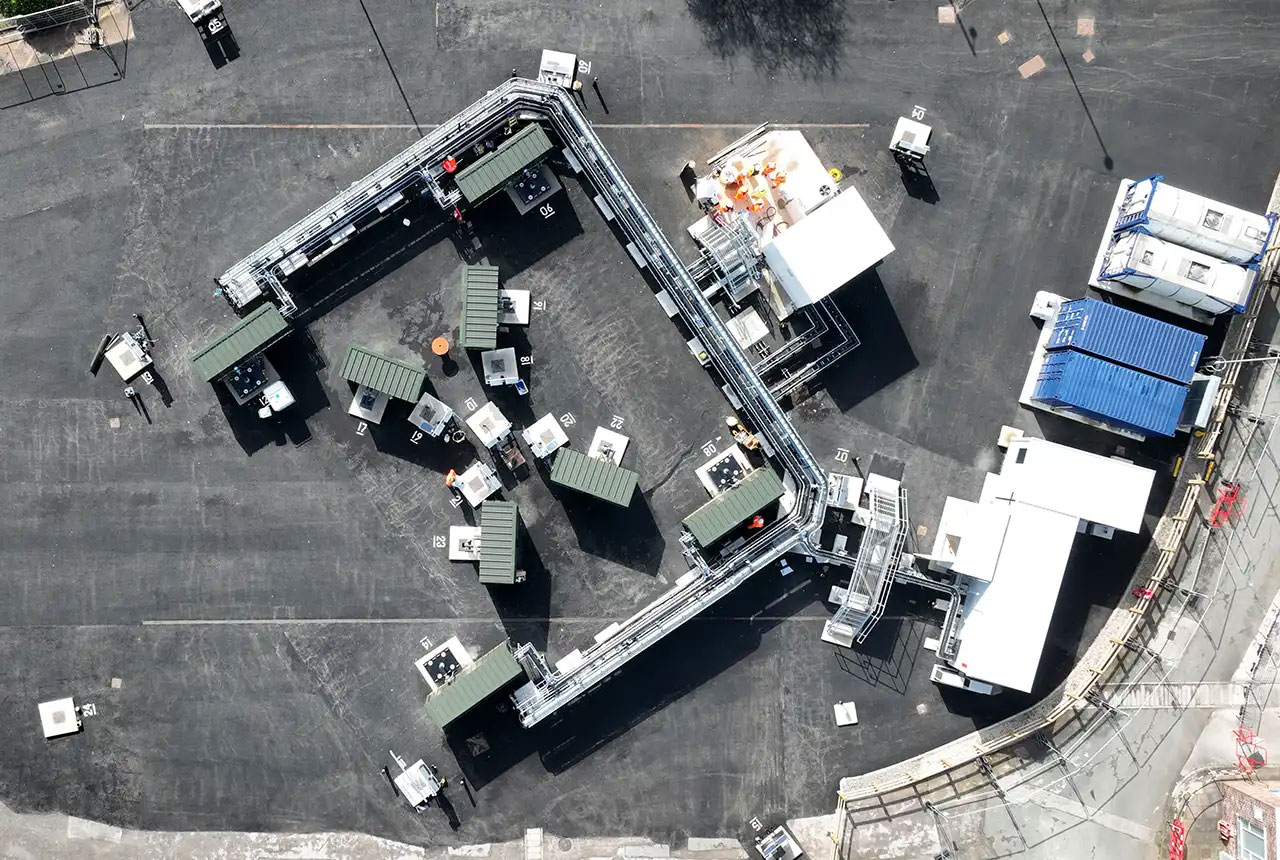
First distributed acoustic sensing survey completed at UK Geoenergy Observatory
12/11/2025
New research at the Cheshire Observatory has shown the potential for mapping thermal changes in the subsurface using sound waves.
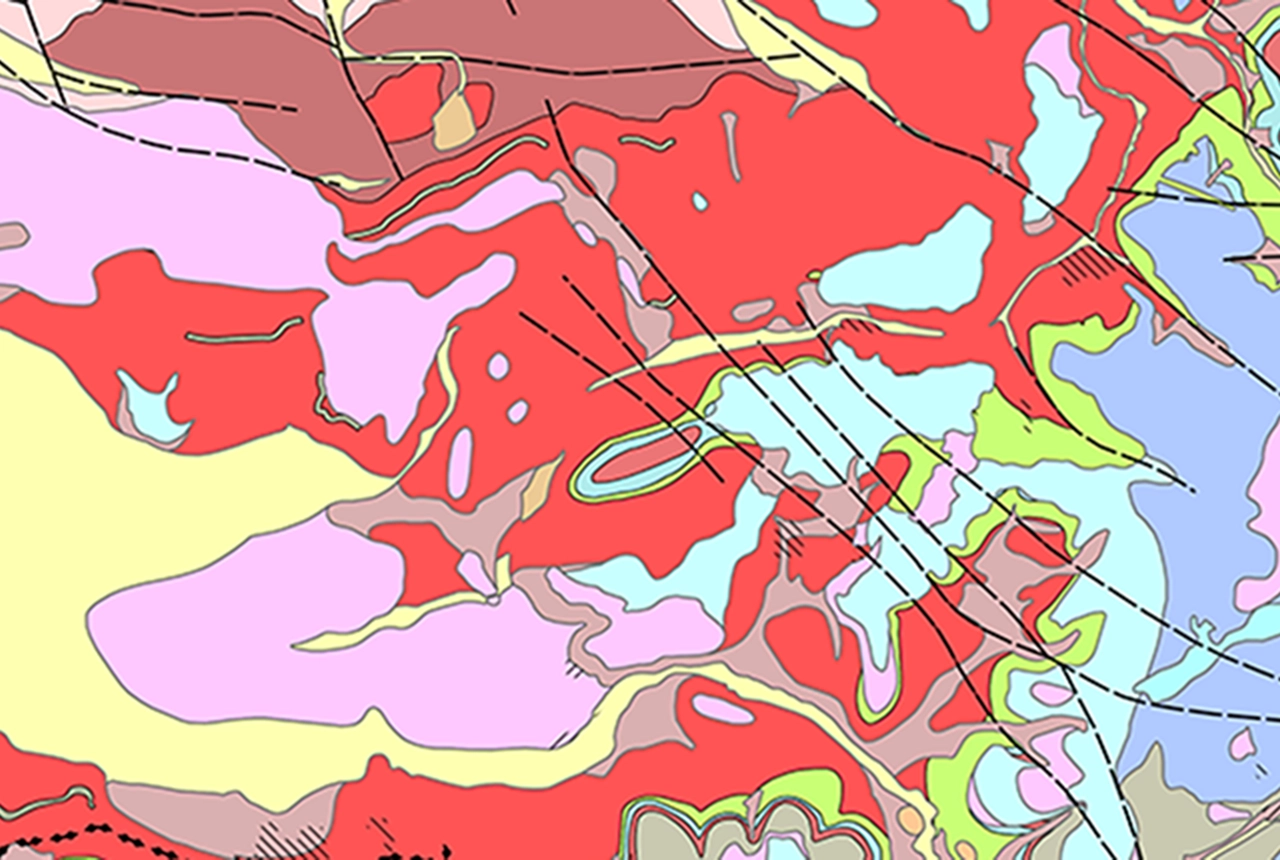
Latest BGS Geology 50K mapping data launched
06/11/2025
Some of our most widely used maps have received a major update, including the 1:50 000-scale map series that now includes enhanced coverage of Great Britain.



